Virtualize a physical computer (P2V) with VMware Workstation 16 or 15
- VMware
- 28 August 2020 at 09:38 UTC
-

- 2/3
3. Uninstall old drivers and install VMware Tools
Now that your physical PC has been fully virtualized, you can launch your new virtual machine.
Type the password of the account copied from the physical PC.
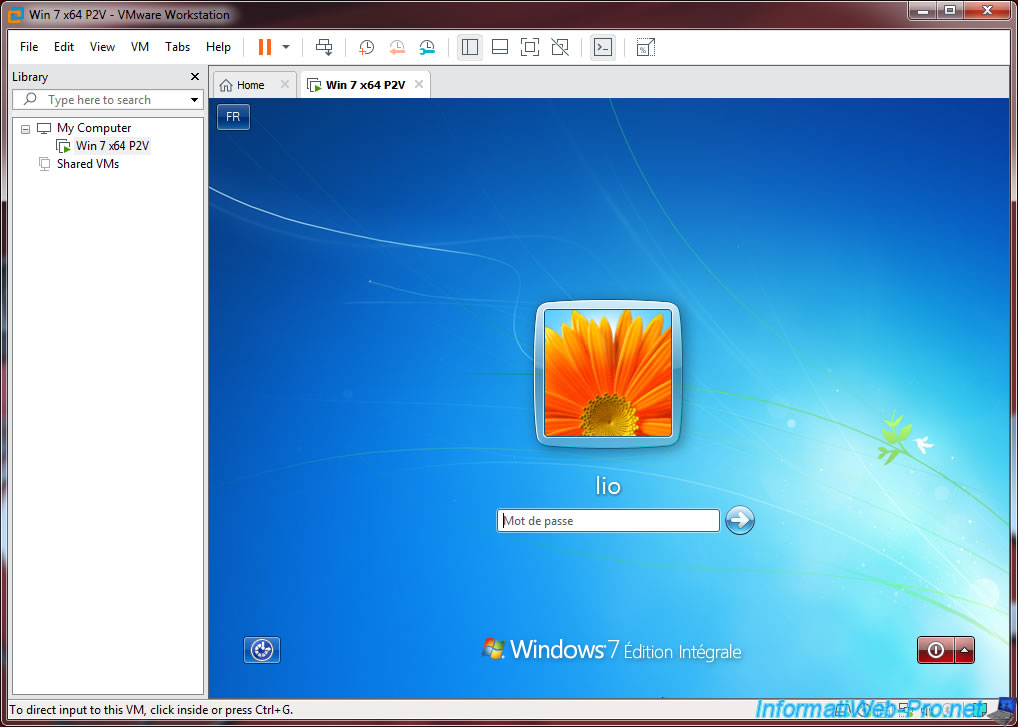
As you can see, the virtual machine looks like the physical PC.
Of course, since the virtual hardware used by VMware is different from that of your physical PC, Windows will automatically install new drivers adapted to it.
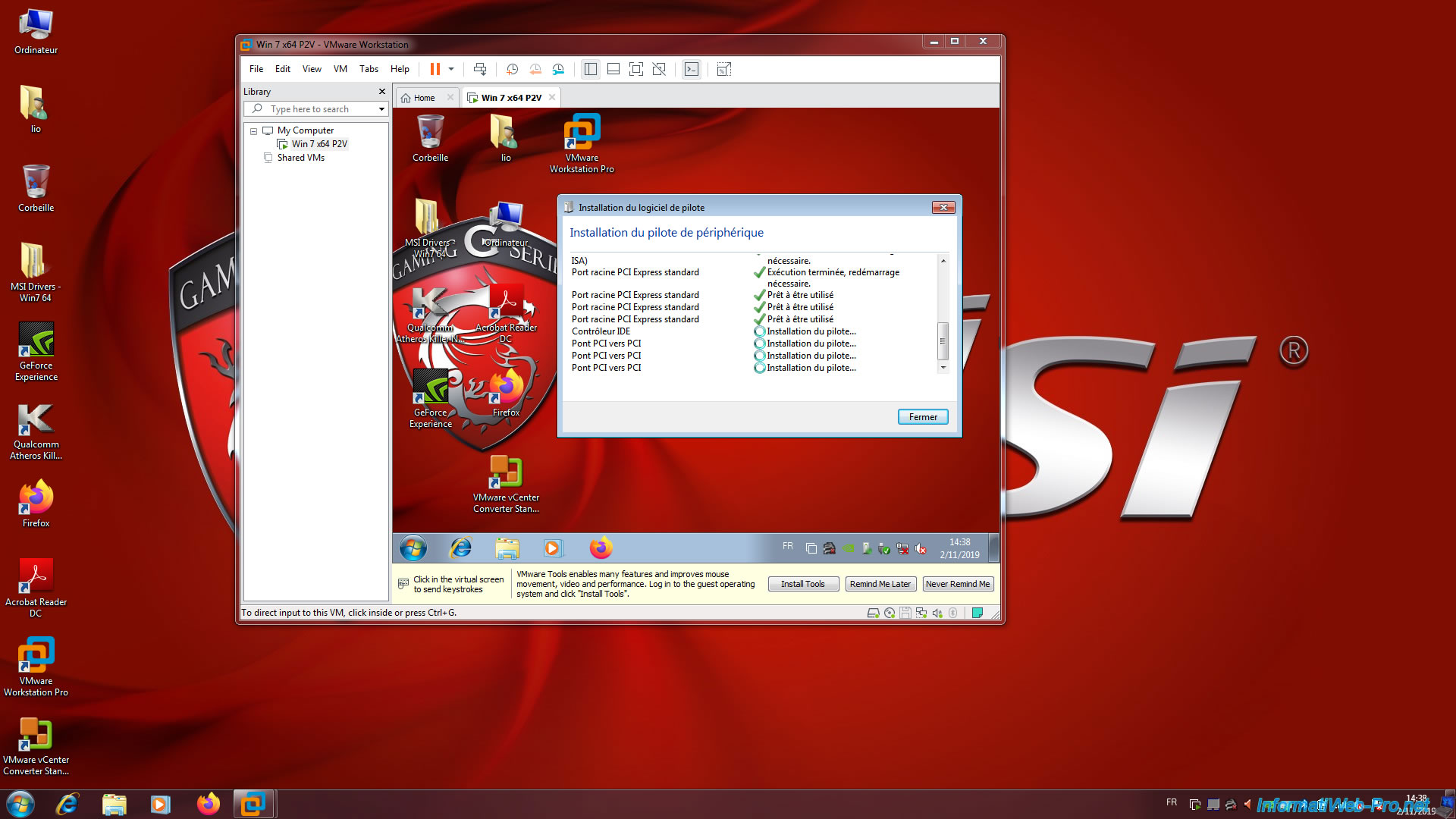
Once all these drivers have been installed, there is a good chance that it will ask you to restart the virtual machine.
This is due to the drivers whose status is : Finish, restart required.
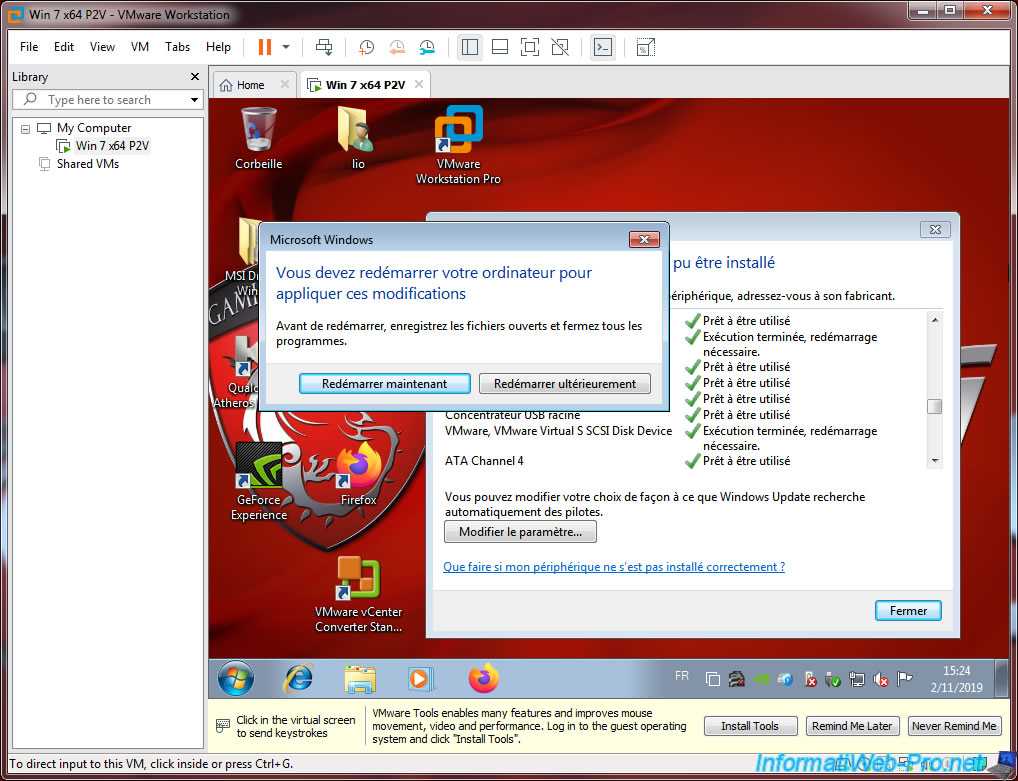
After rebooting, don't forget to uninstall all the drivers related to the physical PC.
Your virtual machine doesn't need them, and they may cause system instabilities or conflicts if you leave them installed.
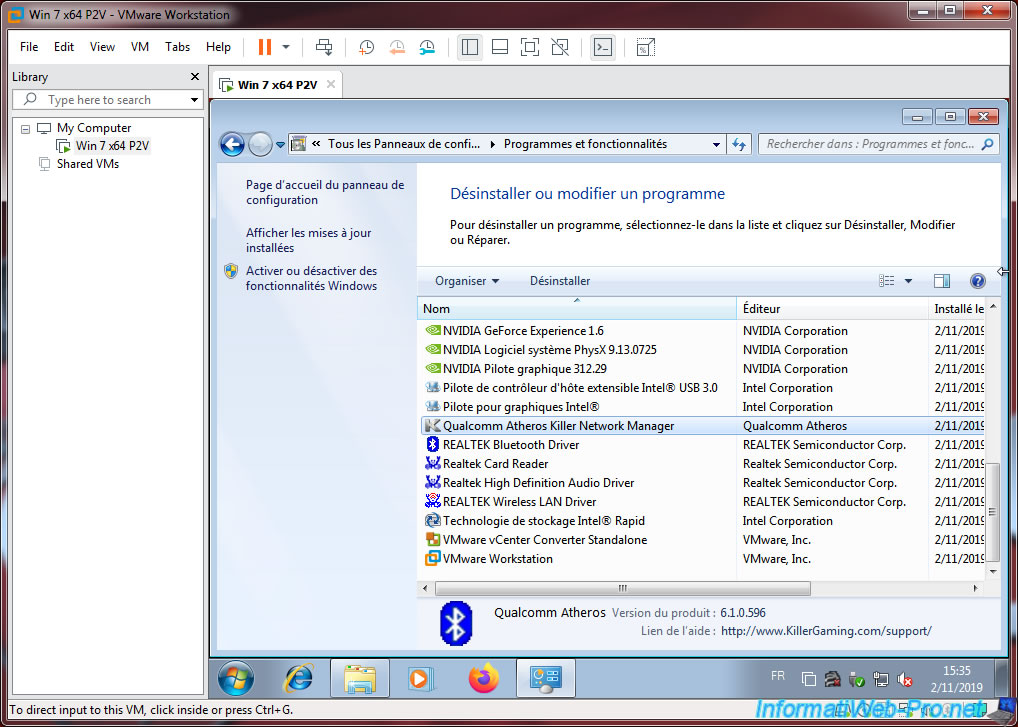
Once all these drivers have been uninstalled, don't forget to uninstall the VMware vCenter Converter Standalone and VMware Workstation programs that you don't need.
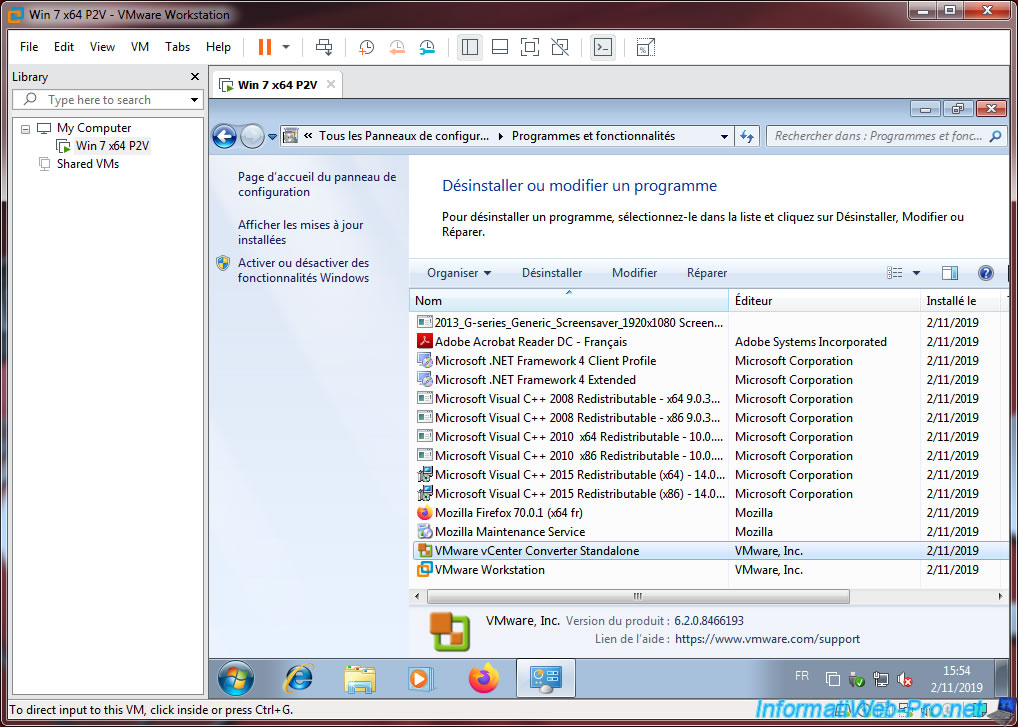
Now, the virtual machine is clean.
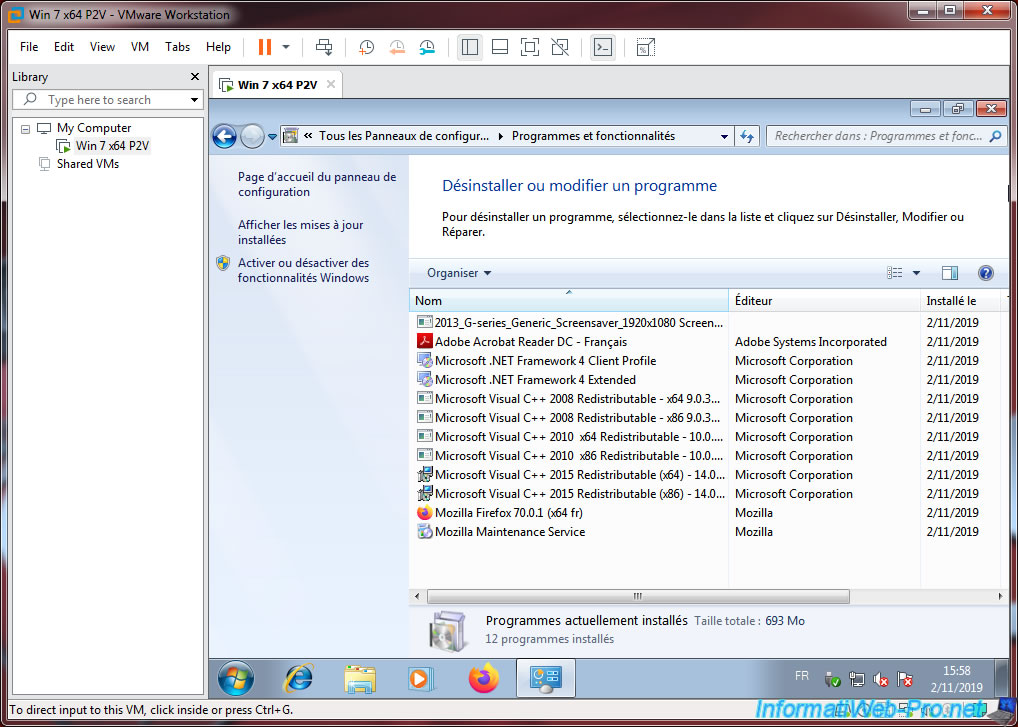
However, don't forget to install the drivers for it thanks to VMware Tools from VMware Workstation.
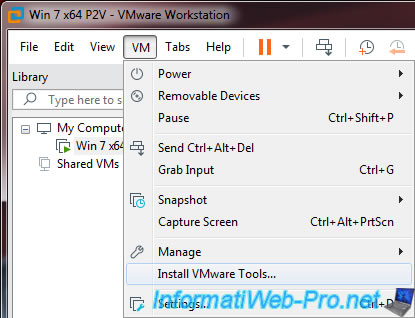
Click on "Run setup64.exe" and make a typical installation (as usual).
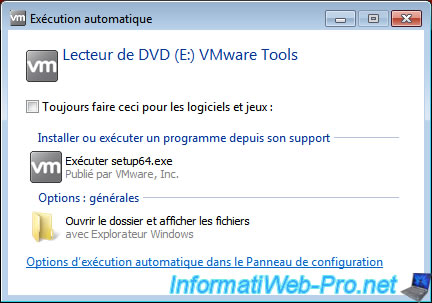
At the end of VMware Tools installation, click Yes to restart the virtual machine.
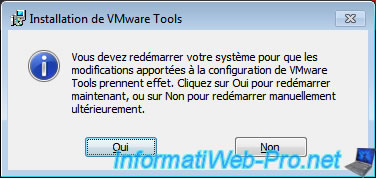
As you can see, the virtual machine is now usable properly : good screen resolution, window transparency (Aero) supported and the VM icon appeared next to the time.
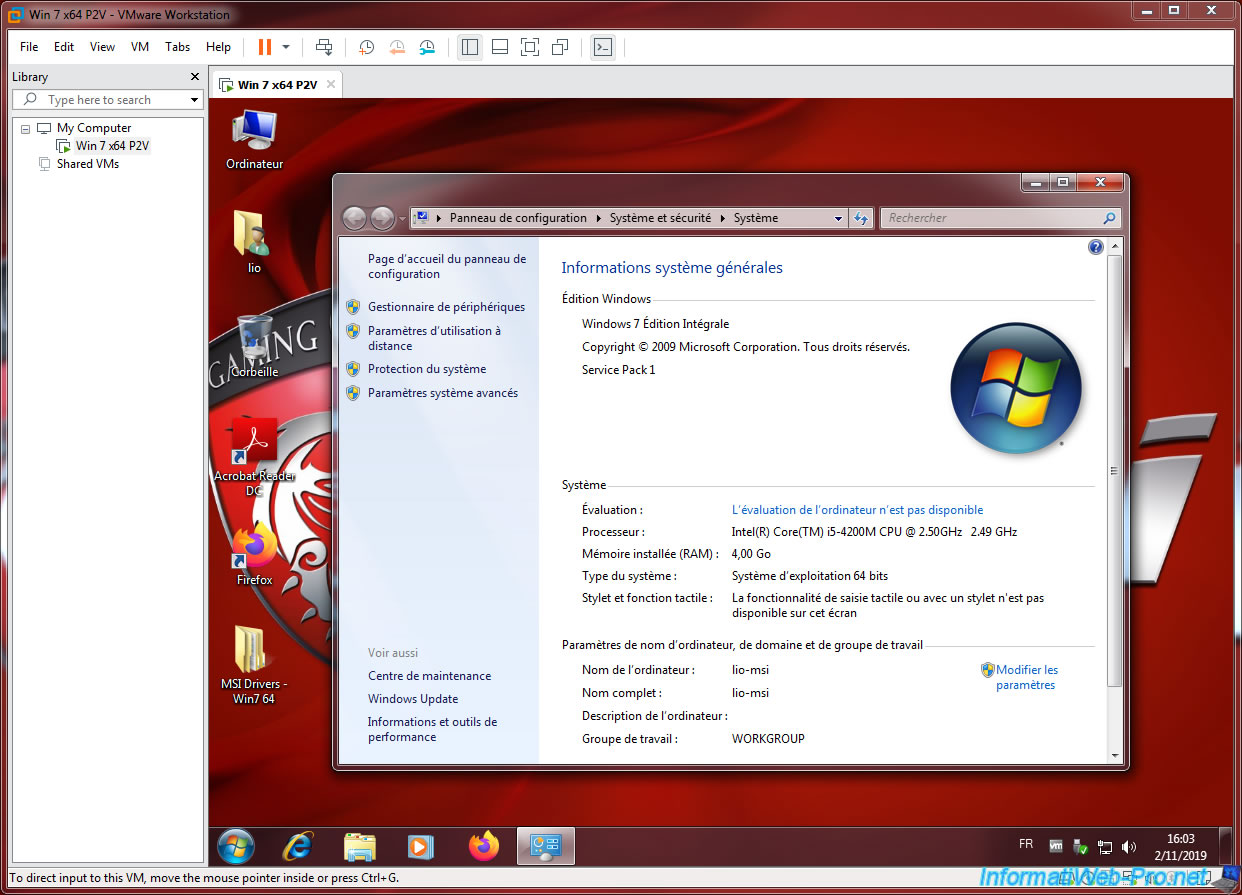
4. Reactivate User Account Control (UAC)
If you remember, the wizard asked you to disable the User Account Control (UAC) so you could get full administrator rights on the physical computer to convert your physical PC to a VMware virtual machine.
However, once the conversion is complete, it's recommended to reactivate it on the physical computer as well as in the virtual machine.
To do this, open the Start menu, look for "Account Control", and click : Change User Account Control settings.
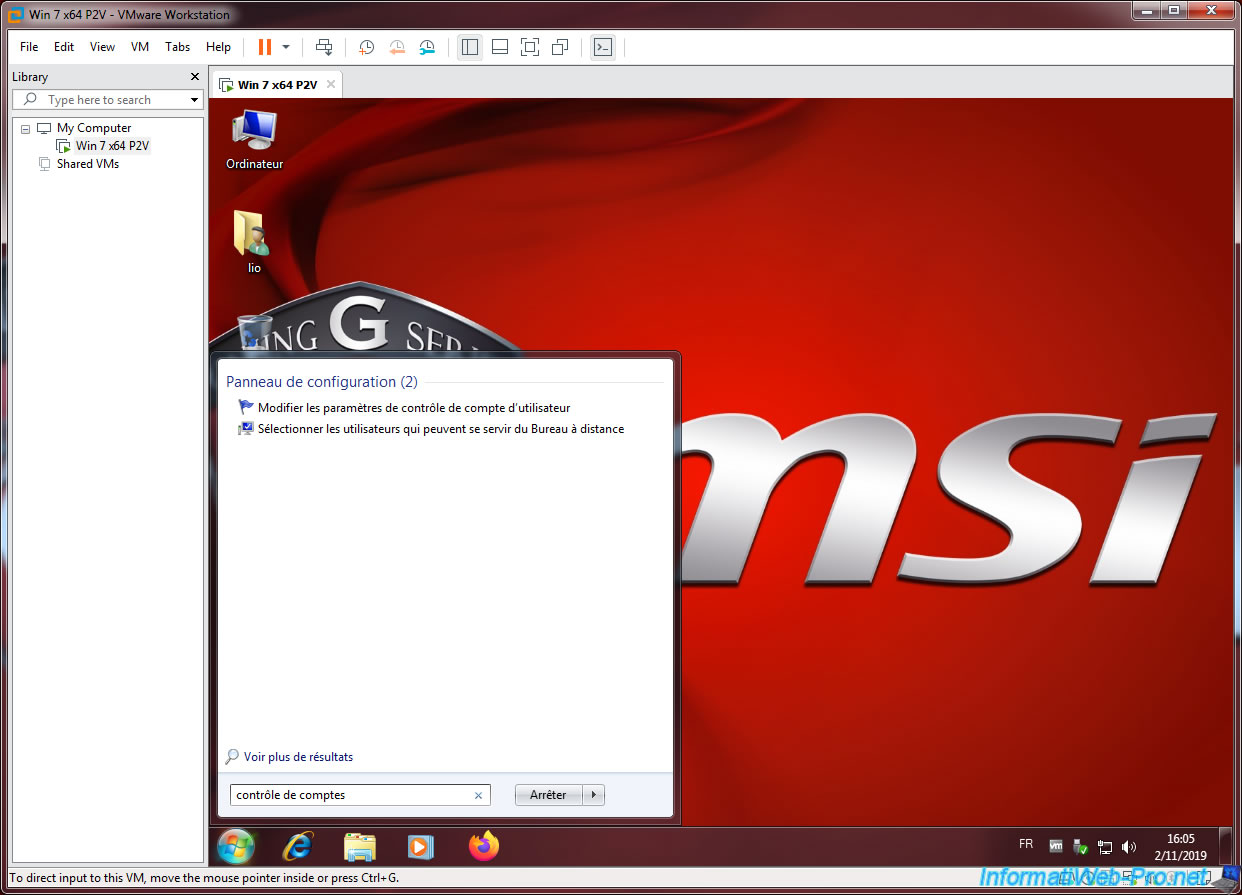
Drag the cursor as in the image below (where the lines are bold) and click OK.
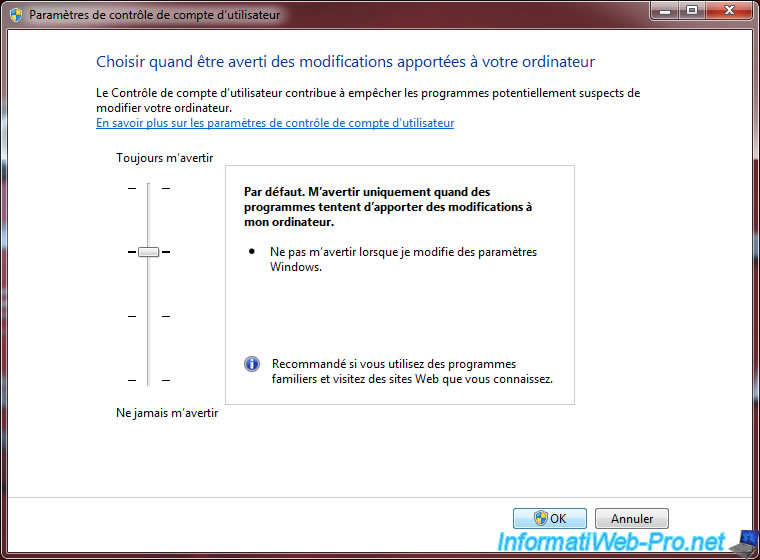
5. Upgrade the virtual hardware of the virtual machine
For the more insightful of you, you will have probably noticed that by default, the virtual machine is created with virtual hardware in version 10.0, even if you have a newer version of VMware Workstation (15.0.2 in our case).
To get the best performance possible and to be able to use the latest features offered by your version of VMware Workstation, it's interesting to upgrade the virtual hardware of this one.
For that, nothing more simple, just click on "Upgrade this virtual machine", then select the highest version in the "Hardware compatibility" list.
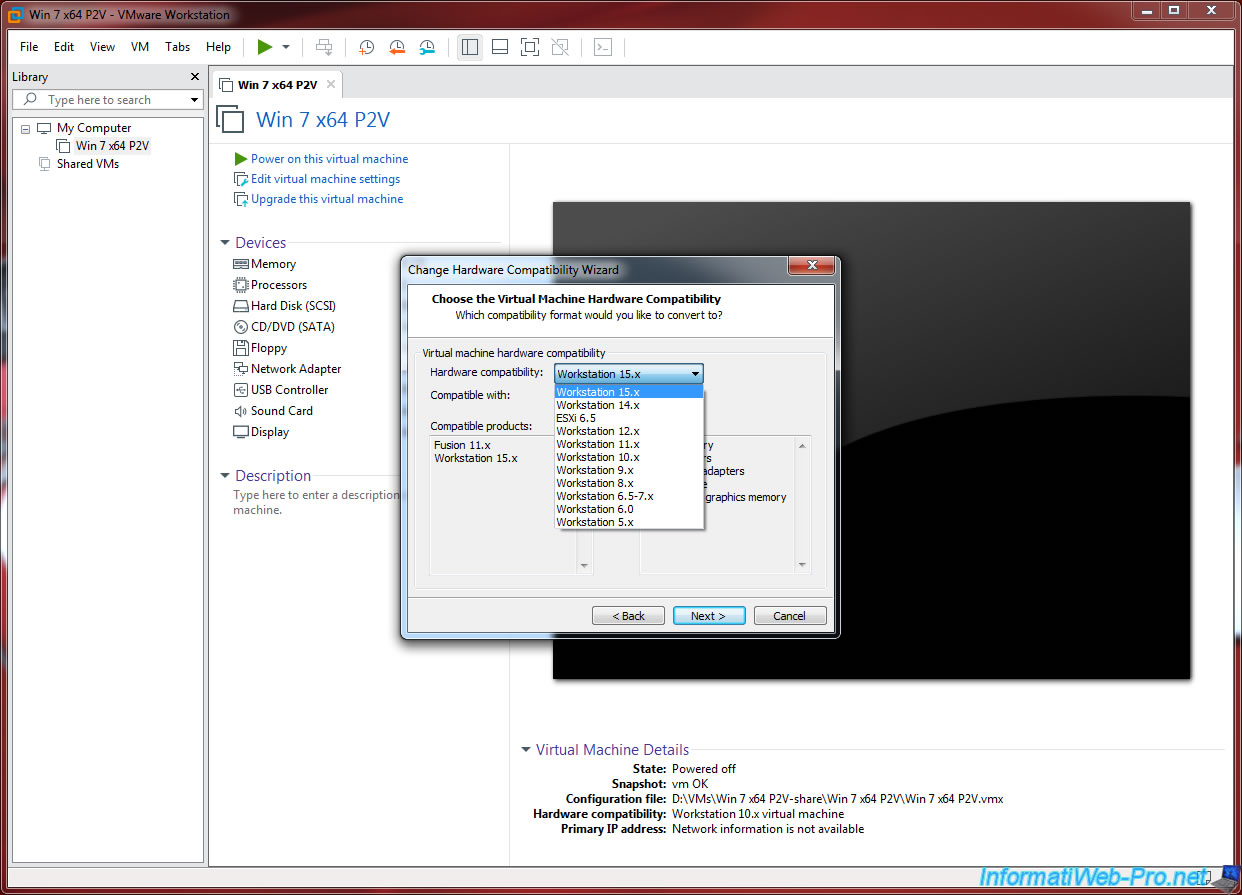
As you can see, in our case, we will benefit from these new features :
- SMBIOS compatibility
- VMware Pointing Device compatibility
- Vmxnet3 compatibility
Click Finish.
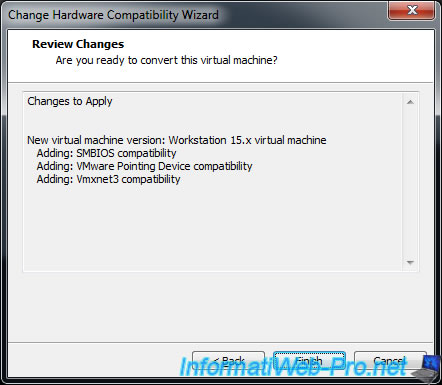
VMware will reconfigure the virtual hardware and your virtual machine will be usable again.
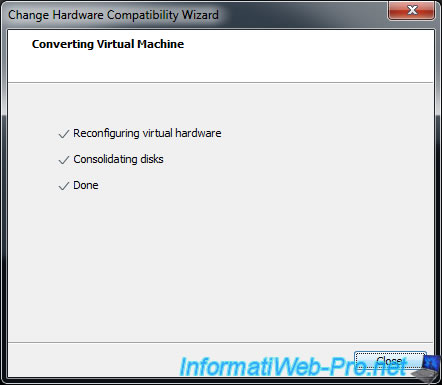
Now, our virtual machine is using virtual hardware in version 15.x.
Start the virtual machine to check that it's working properly.
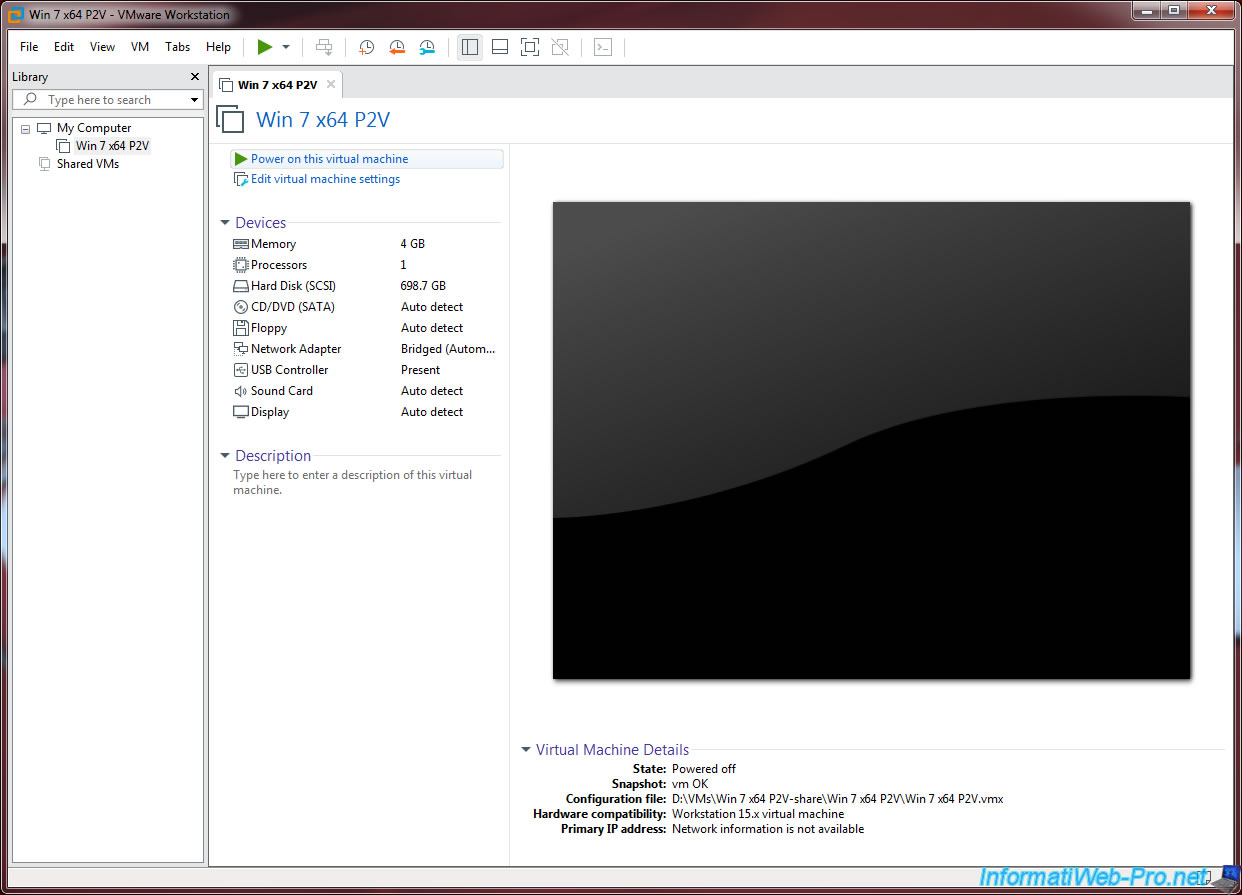
And as expected, your virtual machine starts without problem.
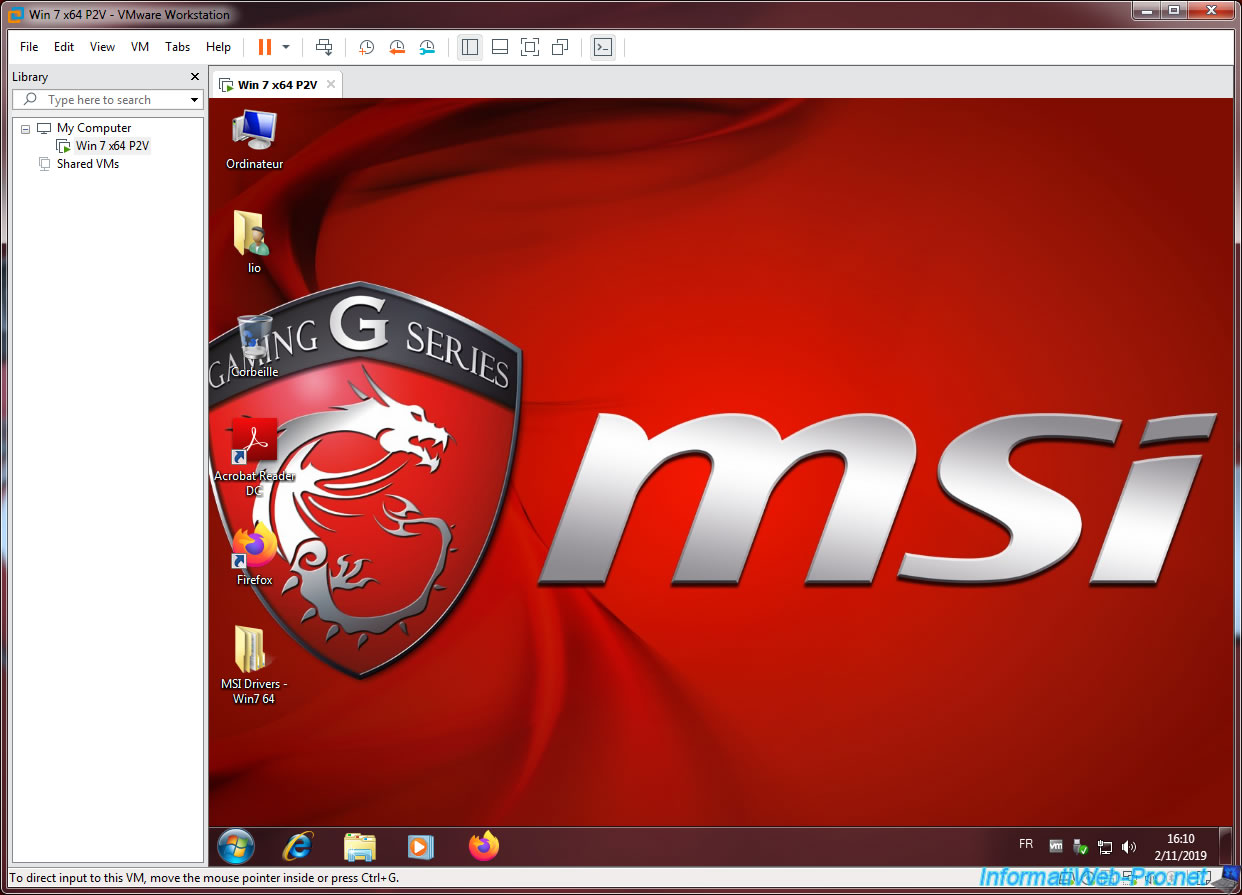
Share this tutorial
To see also
-
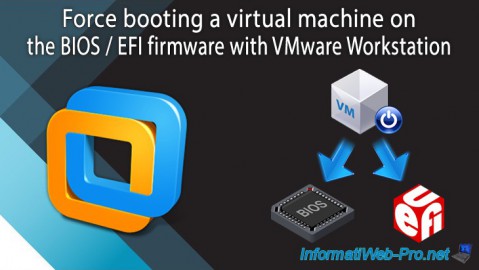
VMware 3/16/2013
VMware Workstation - Boot a VM on the BIOS / EFI firmware
-
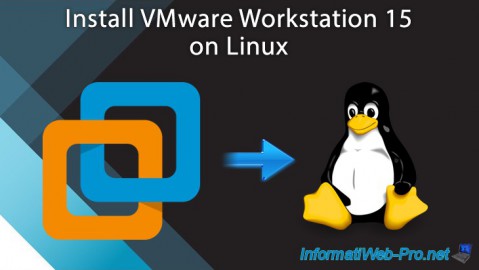
VMware 2/7/2020
VMware Workstation 15 - Installation on Linux
-
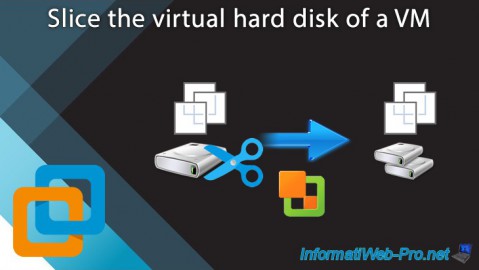
VMware 12/24/2021
VMware Workstation 15 - Slice the virtual hard disk of a VM
-
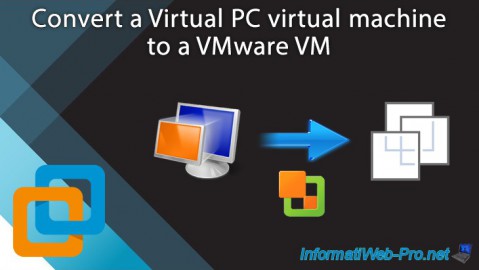
VMware 12/10/2021
VMware Workstation 15.5 - Convert a Virtual PC virtual machine to a VMware VM

No comment